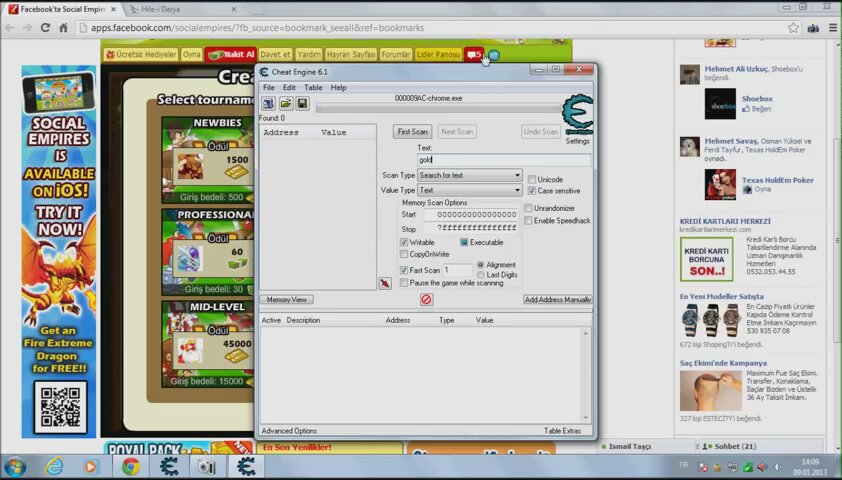


In 2403, Sela returns to the Star Empire and overthrows now-Praetor Taris, becoming new Praetor. During her exile Sela also makes contact with the Hirogen, who lend her their military support in exchange for hunting rights in the Star Empire. Four years later, her fleet reaches Makar, a world rich in natural resources in the Beta Quadrant.

Although Sela succeeded in peacefully folding back Taris' and Donatra's separatist state into the Star Empire, she loses a power struggle against the Tal Shiar, leading to her exile from Romulus in 2387. Sela managed to become proconsul in 2384 and represented the Star Empire in a conference on Romulus in the following year, where she managed to reach an agreement with Admiral Taris of the Imperial Romulan State. As a Romulan Commander, she plays a pivotal role in the Empire's ambitious, yet failed, attempts to destabilize the Klingon Empire, disrupt the Khitomer Accords and sabotage Ambassador Spock's Unification movement in the 2360s. Sela begins a career in the Star Empire and rises quickly through the ranks of the Romulan military. Yar is subsequently sent to a penal colony and her young daughter, believing she'd been executed, completely rejects her Human heritage. At the age of four, Sela cries out, as her mother tries to escape Romulus with her, ripping her out of her familiar environment. After Yar is captured, she becomes the consort of a Romulan General, giving birth to her daughter Sela one year later. The ship tries to defend the Klingon outpost on Narendra III, but is eventually destroyed by the Romulan attackers. We had hoped that our appointment today might involve another ultrasound and a chance at discovering the gender of our babies.Coming from an alternate timeline, Sela's mother, Lieutenant Yar, travels back in time to the year 2344 aboard the U.S.S. It looks like it will be 4-5 weeks before we have a chance of finding out if we’re having two little boys or two little girls. Hershey (the baby-ninja) had recommended that at 17 weeks we start having ultrasounds every two weeks to watch for Twin-to-twin Transfusion Syndrome, our health clinic has opted to not have our next ultrasound until week 20. We met today with a midwife and her trainee at our Women’s Health Clinic, and we did get to hear both of our little ones’ heartbeats. They both sounded good, and my blood pressure was fine. As our appointment was winding down, the midwife mentioned that we had a condition called Velamentous insertion of the umbilical cord which might mean that it would be better for me to have a C-section with my twins. (Yes, I had never heard of it either.) She seemed surprised when we quizzed her on what exactly that meant and asked her to write down the name for us, but she explained and also pulled up a web page on it. Fewer than 9% of twin pregnancies have velamentous insertion as a complication, and it adds a bit to the risk of the pregnancy. I must say, if you are going to tell a pregnant couple that they have some new oddity to their pregnancy, you shouldn’t be surprised when they don’t just nod and say, “Oh, a watchyamacallit. Okay.” The medical term likely means very little to us (until we can research it).


 0 kommentar(er)
0 kommentar(er)
